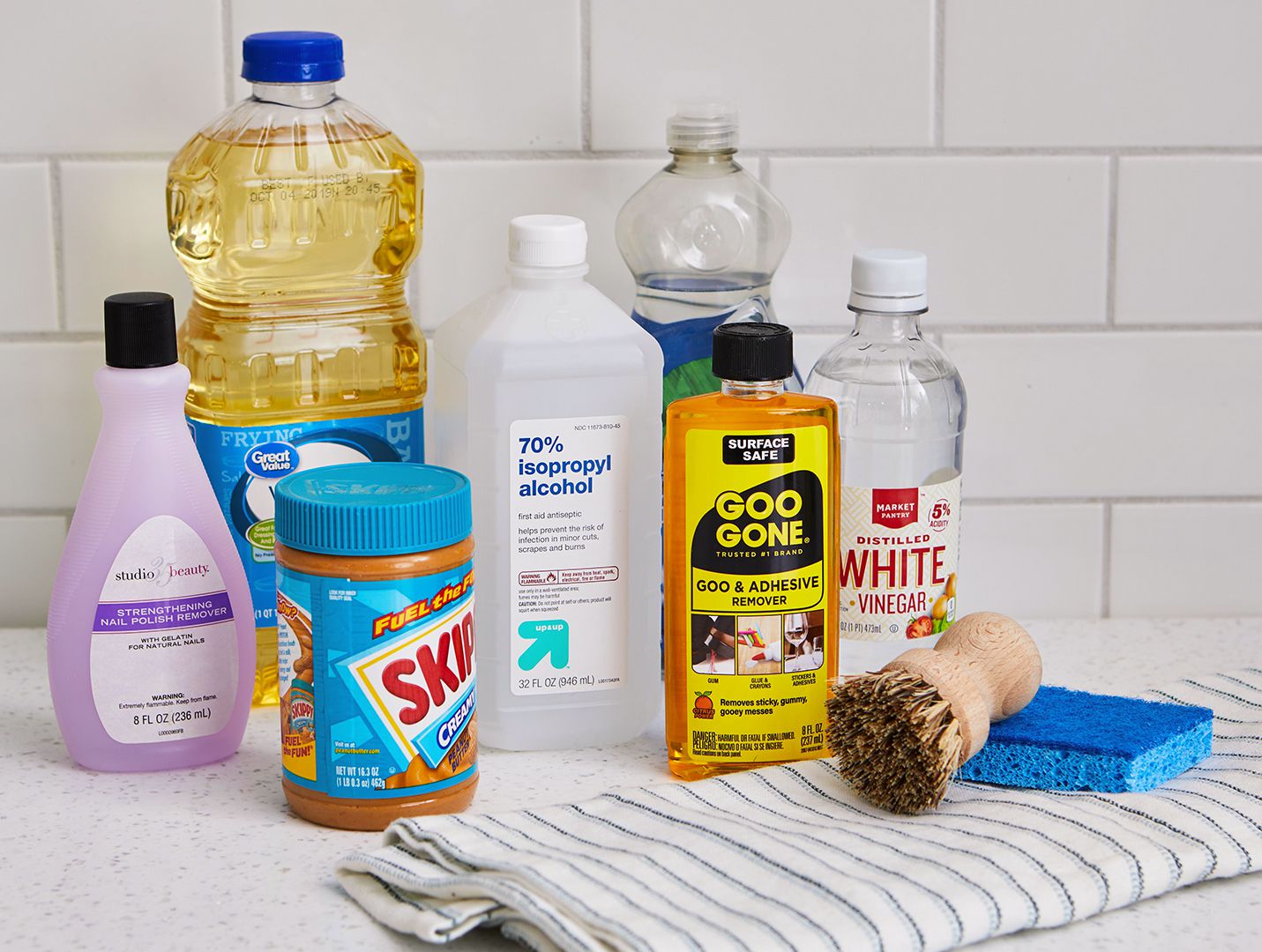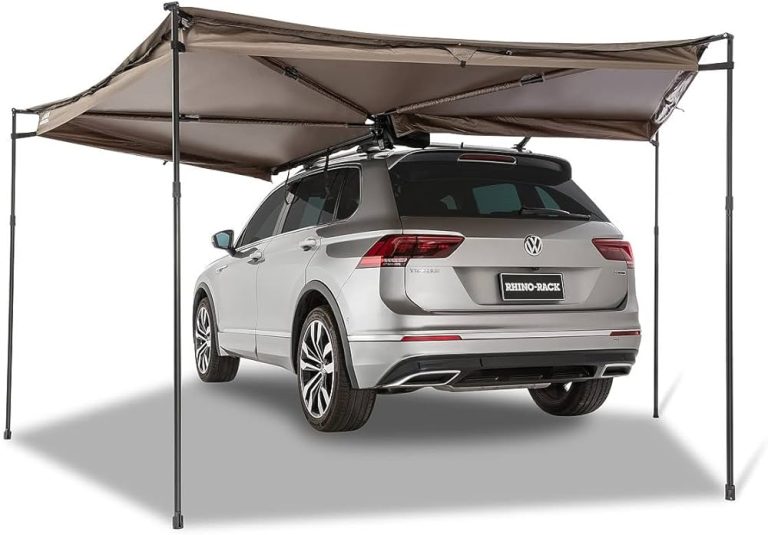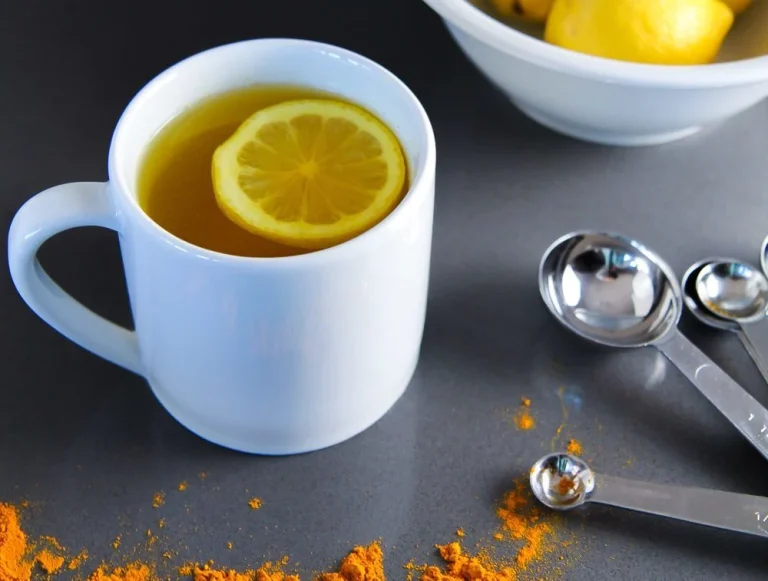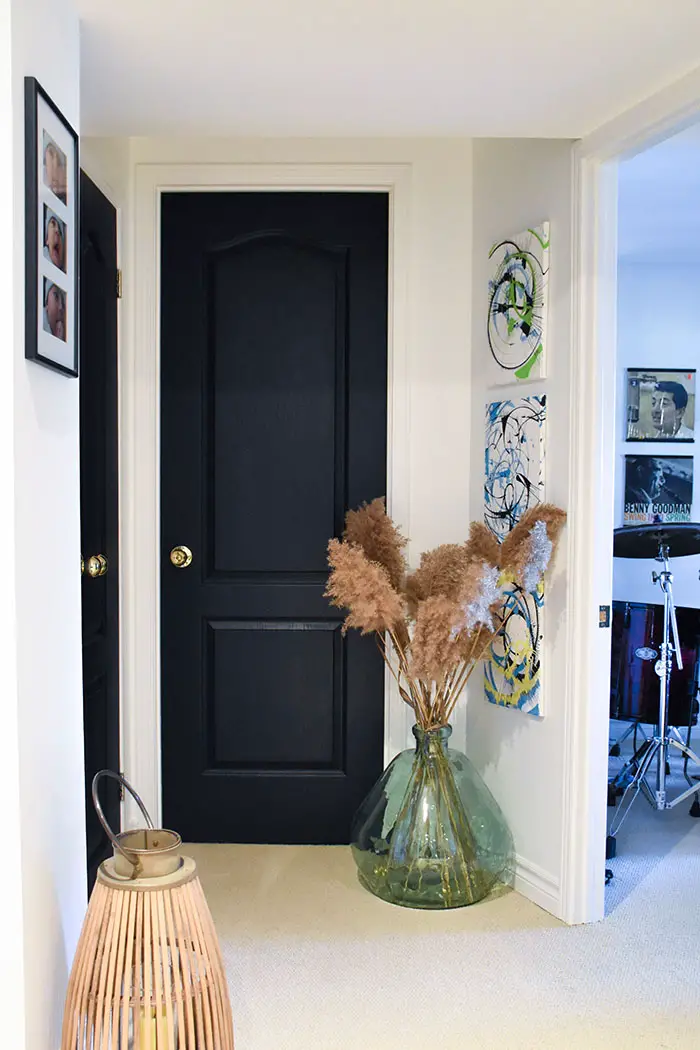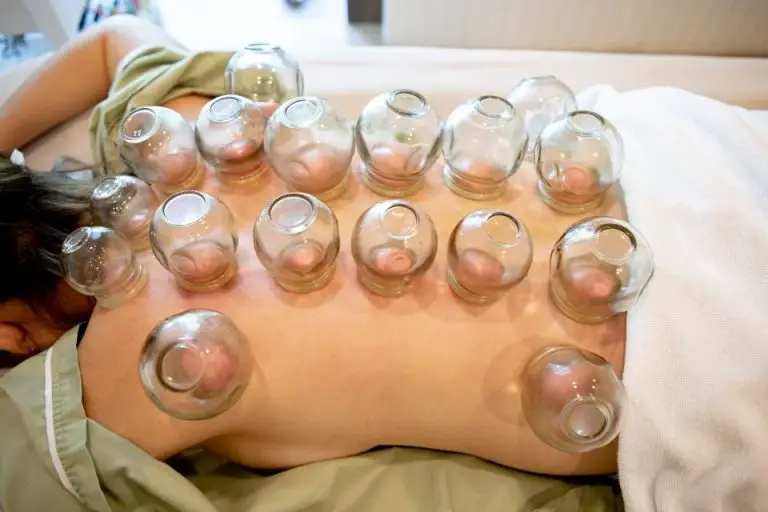How to Get Sticker Residue Off Plastic
Getting sticker residue off plastic can be a tricky task. It requires a bit of patience, but the right products and steps can help you get the job done. From using a razor blade to scraping off the residue to using a commercial product or a natural solution, there are a variety of methods to get the sticky residue off plastic. You can also use a combination of methods to ensure that you get the best results. With the right approach, you can get rid of the sticker residue on plastic and make your items look as good as new.
What is Sticker Residue?
Sticker residue refers to the adhesive left behind after a sticker has been removed. It can be difficult to remove and can stick to many surfaces, making it an annoying and difficult-to-remove mess. Sticker residue can be removed with a variety of methods, including using a solvent, scraping with a blade, or heating with a heat gun. For particularly stubborn residue, a combination of different methods may be necessary to completely remove it. Regardless of the type of residue, it is important to take care when removing it to ensure that you don’t damage the surface.
Why Remove Sticker Residue?
Stickers can be great for adding a personal touch to your home, car, or other items, but they can also leave behind a sticky residue when removed. This can make a mess of your belongings and can be difficult to remove. Thankfully, there are a few simple methods to use to remove sticker residue and restore your items to their former glory. From using a specialized cleaning product to utilizing a common household item like vinegar, there is a solution for any situation. Removing sticky residue is an easy and quick process that can help you maintain the cleanliness of your items.
Precautionary Steps Before Removing Sticker Residue
Removing sticker residue can be a tricky business. To ensure success and minimize damage to surfaces, it’s important to take the proper precautionary steps. Before attempting to remove sticker residue, it’s important to test a small, inconspicuous area with the removal product to make sure it won’t damage the surface. Additionally, it’s a good idea to wear protective gloves to prevent skin irritation from the sticker removal product. Furthermore, be sure to work in a well-ventilated area to minimize exposure to the fumes from the removal product. Taking these precautionary steps will help make sure the sticker residue removal process goes smoothly.
Common Household Items for Removing Sticker Residue
Removing sticker residue can be a tricky task but it can be done with some common household items. For example, using a blow dryer to heat up the residue on the surface can help to loosen the adhesive and make it easier to scrape off. Similarly, using a mixture of baking soda and cooking oil can help to break down the residue. Additionally, rubbing alcohol and WD-40 can also be used to effectively remove sticker residue from surfaces. With a bit of patience and determination, these common household items can help to make your surfaces look as good as new.

Professional Solutions for Removing Sticker Residue
Sticker residue can be a nuisance, and removing it can be difficult. Luckily, there are professional solutions that can make the process easier. Our team of experts have put together the best methods for removing sticker residue quickly and effectively. From using hot water and dish soap, to using oil-based products such as vegetable and mineral oils, or using store-bought solutions such as Goo Gone and WD-40, we have you covered. Our comprehensive guide will provide you with all the tips you need to get rid of sticky residue with ease. So, don’t let sticker residue get you down – let us help you get rid of it!
Techniques for Removing Sticker Residue
When it comes to removing sticker residue, there are a few techniques that can help you tackle the sticky mess. From using household products like WD-40 and rubbing alcohol, to using a simple household item like a hairdryer, there are several methods that can help take off the tacky residue without damaging the surface underneath. Additionally, scraping away the residue with a blade or credit card can also be effective. With a bit of elbow grease and the right tools, you can get your surfaces back to their original state in no time!
Troubleshooting Tips for Removing Sticker Residue
Sticker residue can be frustrating and unsightly, but you don’t have to live with it! Here, we provide you with 7 troubleshooting tips for removing sticker residue quickly and effectively. With these simple tricks, you can save yourself time and money, and restore your items to their original condition. From natural and homemade solutions to store-bought solutions, we cover it all. Keep reading to learn how to get rid of sticker residue with ease!
Final Thoughts on Removing Sticker Residue
Sticker residue can be a real nuisance; it’s an eyesore and it’s often difficult to remove. Thankfully, there are some simple and effective methods to get rid of it. With the right tools and materials, you can easily remove sticker residue from surfaces like plastic, glass, wood, and metal. In addition to using household items like vinegar, baking soda, and rubbing alcohol, you can also use commercial products like Goo Gone. Whatever method you choose, patience is key; it may take a few tries before the sticker residue is completely gone. With a bit of persistence, you’ll have your surfaces free and clear of any unsightly sticker residue.
Conclusion
To sum up, there are a few different ways to get sticker residue off of plastic. Many household items, such as vegetable oil, rubbing alcohol, and WD-40 can be used to soften and remove the adhesive. If these methods don’t work, you can also try using nail polish remover, a plastic scraper, and a Magic Eraser. No matter which method you use, always be sure to test it on a small, inconspicuous area of the plastic before applying it to the entire surface.
